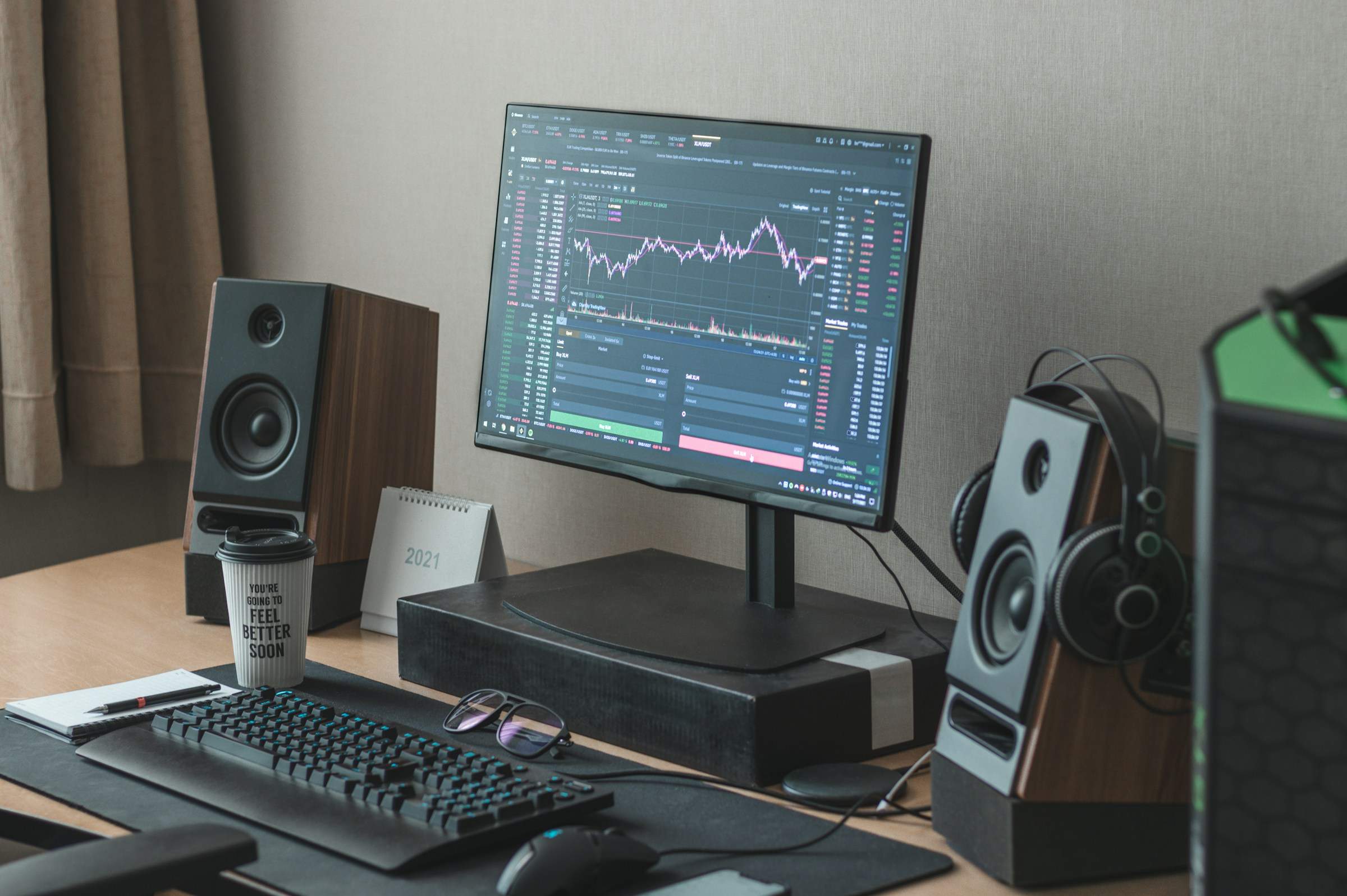
The Microstructure of Japan’s Stock Market: Insights for Experienced Traders
The Japanese stock market has long been a cornerstone of global finance, attracting international attention with its blend of deep liquidity, unique corporate culture, and sensitivity to both domestic and global economic shifts.
While headlines often focus on the Nikkei 225 or the Topix, experienced traders understand that alpha is rarely found on the surface. Instead, opportunities often emerge within the microstructure of the market—how trades are executed, how liquidity is distributed, and how institutional flows shape short-term dynamics.
For traders seeking to refine their strategies, Japan offers a compelling case study in how market structure can shape trading outcomes. This article explores some of the core aspects of Japan’s equity market microstructure and how experienced participants can navigate its nuances effectively.

The Role of Market Microstructure in Trading Performance
Market microstructure refers to the mechanics of how trading actually occurs—the rules, systems, and interactions that facilitate transactions between buyers and sellers. In Japan, as in other major markets, microstructure dynamics significantly affect liquidity, price discovery, and execution quality.
For advanced traders, understanding these details is not simply academic; it can be the difference between capturing opportunity and eroding profits through slippage or hidden transaction costs. Whether deploying algorithmic strategies or discretionary trading approaches, insight into how the market functions at a granular level enables sharper decision-making.
Japan’s Exchange Landscape
The Tokyo Stock Exchange (TSE) is the primary venue for equities, operating under the umbrella of the Japan Exchange Group (JPX). The exchange has modernized substantially over the past decade, introducing reforms aimed at improving governance, transparency, and efficiency.
Key aspects of the TSE that traders should consider include:
- Liquidity Concentration: While Japan has thousands of listed companies, liquidity is heavily skewed toward large-cap names. Traders targeting mid- or small-cap equities must be mindful of wider spreads and lower order book depth.
- Auction Mechanisms: The TSE operates using a call auction at open and close, with continuous auction trading throughout the day. Understanding order submission strategies for these sessions can significantly affect execution quality.
- Tick Size Structure: Japan has implemented a dynamic tick size regime designed to balance liquidity provision with price efficiency. Traders using high-frequency or intraday strategies need to account for these variations.
These features shape how orders interact and where liquidity pools may form, offering both opportunities and challenges for those who study the system closely.
Liquidity, Volatility, and Institutional Flows
Japan’s market liquidity is unique in that it combines high participation from domestic institutions with significant foreign inflows. Foreign investors often account for more than half of total trading value, meaning that global sentiment can quickly ripple through Japanese equities.
Experienced traders should monitor:
- Time-of-Day Liquidity: Liquidity in Japan is not evenly distributed. It tends to concentrate around the open and close, as well as during overlaps with European trading hours.
- Event-Driven Volatility: Corporate earnings, Bank of Japan announcements, and policy signals from Tokyo can sharply alter liquidity dynamics. Traders with a strong grasp of order flow behaviour around such events often hold an edge.
- Cross-Asset Influences: The yen’s movements, government bond yields, and global equity sentiment frequently shape trading flows. Monitoring correlations across asset classes can help traders anticipate liquidity shocks in equities.
By appreciating these subtleties, traders can adapt their execution strategies to better capture liquidity when it matters most.

Technology and Algorithmic Trading in Japan
Japan has steadily embraced algorithmic and electronic trading, though its pace differs from markets such as the U.S. The presence of sophisticated market participants—including high-frequency trading firms—means that the microstructure is influenced by algorithmic activity.
For advanced traders, this environment presents both advantages and risks. On the one hand, algorithms have improved spreads and execution speed. On the other hand, they have made the market more competitive, with fleeting liquidity and occasional sharp price moves triggered by order-book imbalances.
Adopting execution algorithms tailored to Japanese conditions—such as those designed to minimize market impact or capitalize on auction dynamics—can significantly enhance performance. Accessing a well-structured trading platform with robust order-routing capabilities, such as the Saxo market, ensures traders remain competitive in such a sophisticated environment.
Regulatory Reforms and Governance Trends
Recent regulatory reforms in Japan have focused on corporate governance, disclosure standards, and market transparency. For instance, the introduction of Japan’s Corporate Governance Code and the push for improved shareholder returns have reshaped how investors view listed companies.
These reforms are not just a backdrop but a catalyst for shifts in market behaviour. Companies are increasingly engaging in buybacks, dividend increases, and strategic restructuring—factors that affect liquidity, volatility, and price discovery. Incorporating governance signals into trading models can create unique opportunities, particularly in identifying firms poised to unlock value.
Conclusion
The Japanese equity market is not just a venue for trading shares—it is a complex ecosystem where microstructure details matter. Success lies in translating this complexity into strategy, capturing opportunities hidden within liquidity flows, execution nuances, and governance-driven shifts.
Rather than viewing Japan as a market defined solely by its indices, those who delve deeper into its microstructure can uncover fresh sources of alpha. By aligning sophisticated tools with market-specific insights, traders not only adapt to Japan’s dynamics but also thrive within them.



